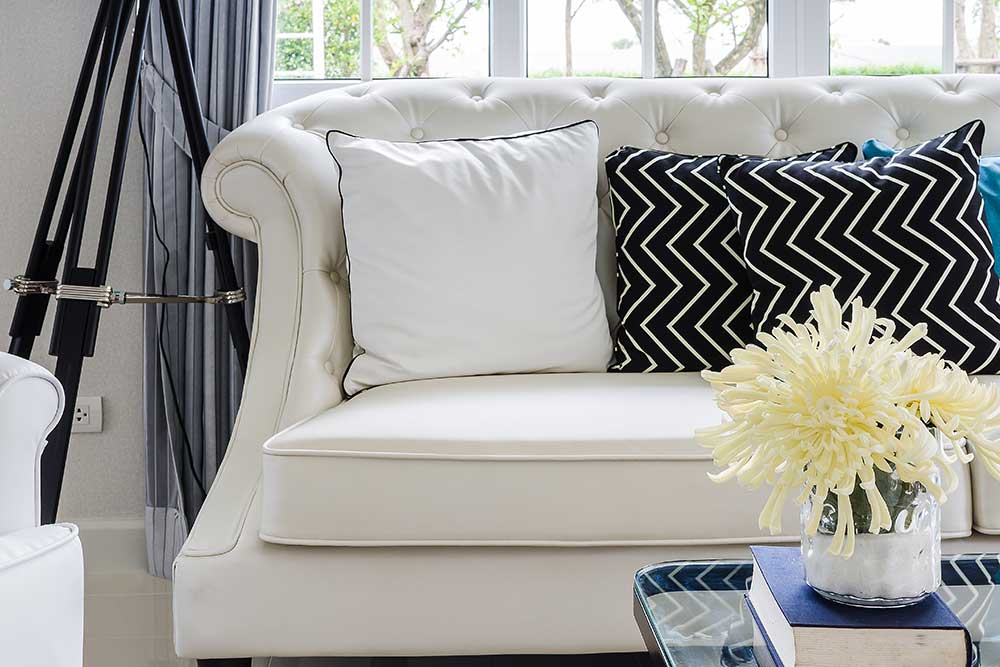Before I get on to the fun part of a “fun” fund, let me scare the pants off you. In a recent study by CashNetUSA, one out of every four respondents had less than $100 in savings to cover an emergency.
Less than $100.
That’s roughly 50 cups of coffee. That’s less than the price of a broken window. That’s less than many cellphone bills.
A little unnerving, right? Scratch that, it’s a lot unnerving! I say this from experience — I’ve been on the negative side of a savings account.
Nobody wants to feel the stress of financial constraints when faced with an unexpected expense, in your home or elsewhere. That’s where this “fun” fund business comes in (I told you I’d get there!).
What is a “fun” fund?
It’s a specific amount of money set aside for purchases made outside your normal living expenses. Depending on your goals, this money can be deployed to bolster an emergency fund or used whenever you want to make a purchase that isn’t necessarily in your monthly budget.
Why have a “fun” fund?
Two words: financial flexibility. A “fun” fund gives you the flexibility to prepare for expenses beyond paying your bills. It also gives you a little wiggle room when it comes to your purchases.
Imagine if every single impulse purchase you made had a negative impact on your overall financial health. It’d be tough to ever feel like you were living without financial tension, right?
A “fun” fund helps give your main bank account a little breathing room. Instead of dipping into your savings or checking account, you can use your “fun” fund to finance a purchase.
What are some ways to contribute to your home “fun” fund?
Automation: Set up an auto debit to contribute a portion of your income each month. This is my favorite way to contribute to any financial goal (paying off student loan debt, credit card statements, savings, etc.).
Automation takes away the pain of scheduling each payment and also offers less opportunity to divert the contribution to something else.
Price-match spending: Wouldn’t it be nice when you could save and spend in one fell swoop? One way to do so is to price-match your spending with an equal amount funneled directly into your savings account.
Buy a new shirt? Put an equal amount of money into your “fun” fund.
Spontaneous saving: We’re so accustomed to resisting impulse that we forget it can also be wielded for good. Impulse saving is just what it sounds like … saving when the feeling overtakes you. Call it hokey, but it’s been a big contributing factor to my current savings fund.
Core saving strategies: I know this one seems pretty obvious, but that’s why I wanted to mention it. There are always tips and tricks to help you save more, but it’s a great exercise to revisit the core purpose behind any strategy.
This helps you answer the fundamental questions about your plan. Why do I want to save for this as opposed to anything else? What can I do to get back on track if I deviate?
Taking the time to dig into the roots of your saving strategy isn’t always easy, but it’s worth it.
How much should you save?
Some financial experts agree that socking away anywhere from 10% to 20% of your income is a good starting point for building an emergency fund. Others say to cover three to six months of your total expenses (including housing costs, food, utilities, etc). You might simply want a “fun” fund that covers the expense of new scented candles for your house each month.
The amount varies from person to person. But whatever number you land on, it’s important to be specific with your goal. Having a clear number gives you a clear end goal.
How long does it take?
Saving, no matter what, is a long-tail activity. You’ll still have monthly costs. You’ll still have unexpected expenses. But don’t discount the fact that starting to save now is one step in helping you gain financial freedom.
Remember: every single savings account starts at zero. Slow growth can be frustrating, but don’t be discouraged! Start with what you can (again, automation helps here) and continue to scale up your contribution as time goes on.
Whatever you do, make it yours
Now that I’ve gone through the “fun” fund, I’d politely like to suggest that you throw the term out the window.
Though a great starting point, “fun fund” doesn’t always do justice to the specific purpose of saving. Fun is great! But what exactly does “fun” mean in your life?
Instead of “fun fund,” try giving it a more personalized name. One that really gets you interested in what this particular savings fund has to offer. Maybe it’s the “Hosting Friends” fund. Maybe it’s the “Gourmet Kitchen” fund. Whatever your goal, it’s yours and yours alone.
Do you have a “fun” fund? What are some tips that have helped you make it work for you? Share in the comments.


